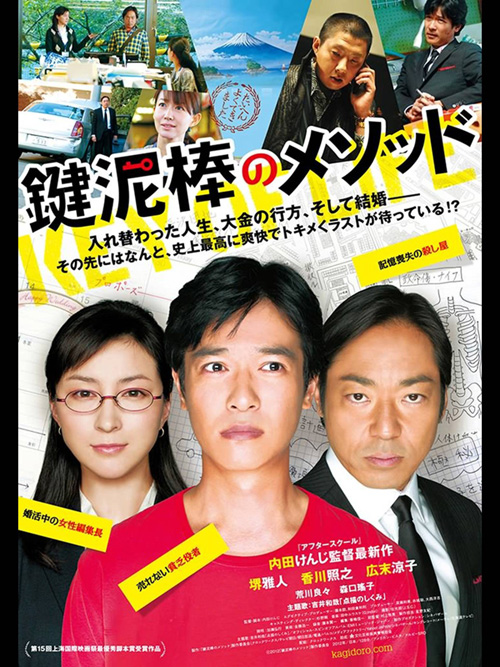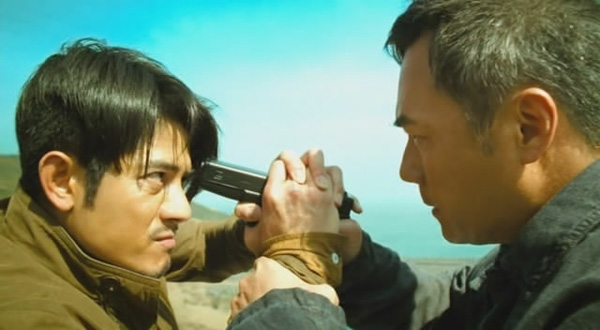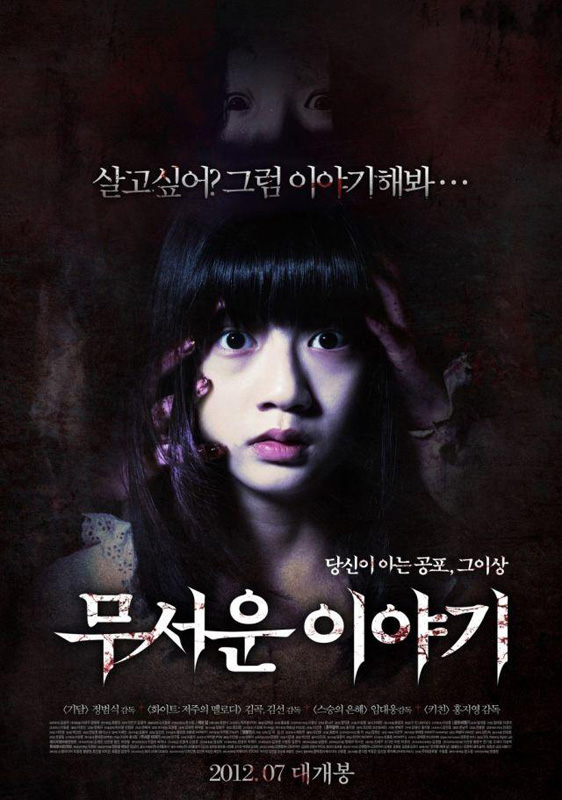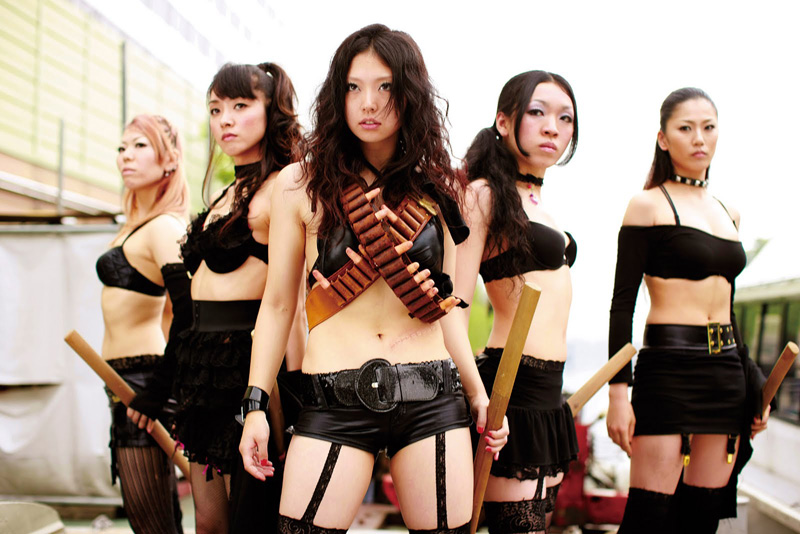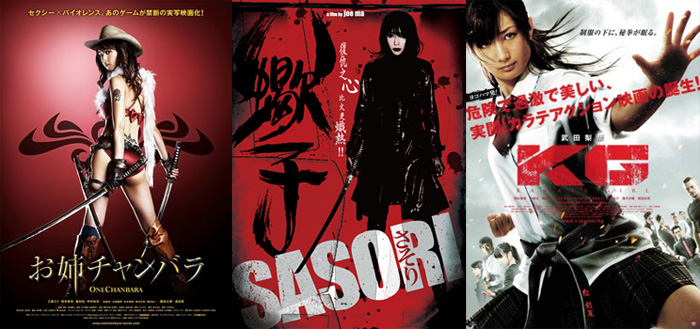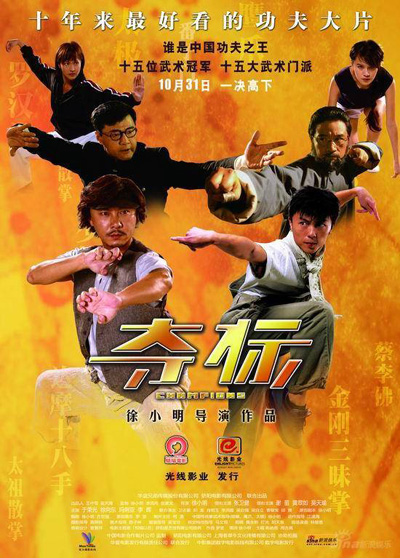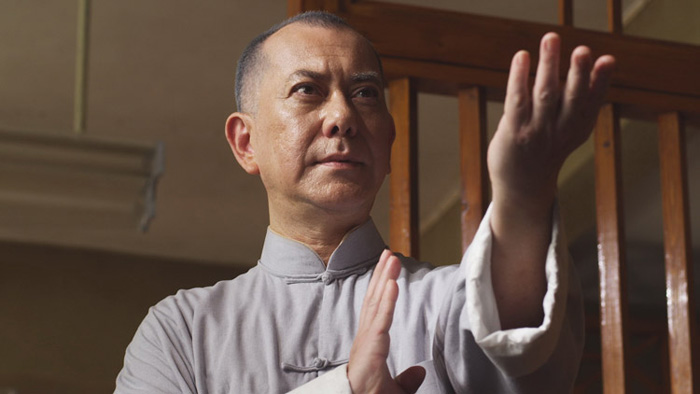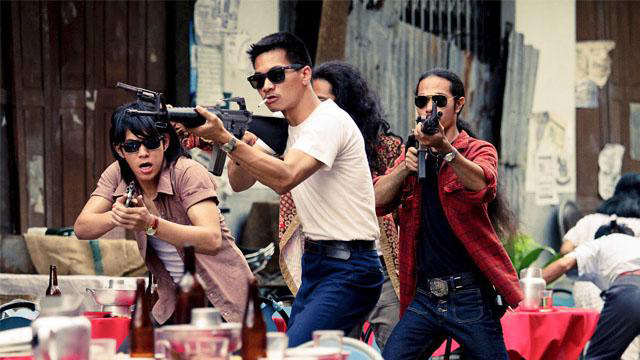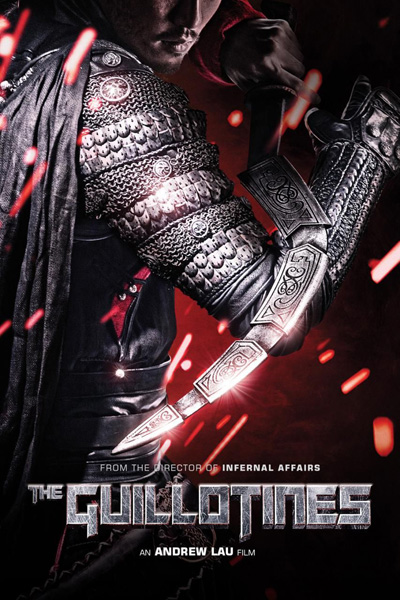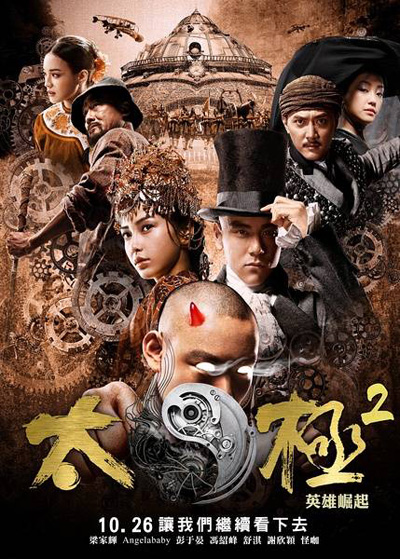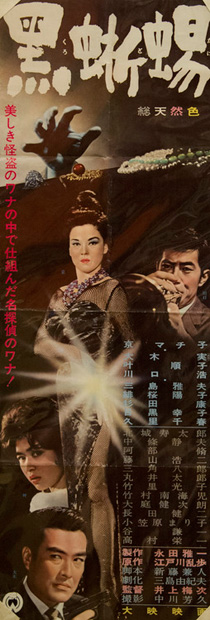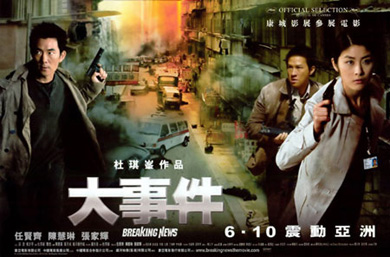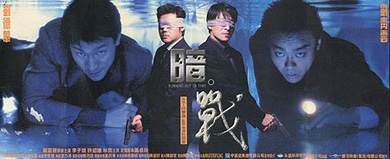Tamao Nakamura was born July 12, 1939, the daughter of famed Kabuki star Ganjiro Nakamura. Although she was brought up and trained in the world of Kabuki, young Tamao realized early on that, as a woman, she could only rise so high in her father's profession. Tamao’s initial ambition was to earn a college degree in order to broaden her options in life. She entered Kyoto Joshi Gakuen Junior High School as a freshman, but was soon scouted by Teruo Hagiyama, a director from Shochiku studios.
In 1953, Tamao was used as a child actress in
Keiko To Yukie. After this experience, young Tamao’s dream shifted from a college career to one as an actress. Daiei’s top male star, Kazuo Hasegawa, just happened to be Tamao's uncle, and took young Tamao under his wing at the studio. It was there that she met Shintaro Katsu. Tamao graduated from Kyoto Joshi Gakuen Junior High School and officially entered Daiei studios as a full-time actress in 1954. Her debut film,
Zenigata Heiji – Yurei Daimyo, starred, surprise surprise, uncle Kazuo. Following her debut, Tamao and Katsu started seeing each other, and before long the two were an item.
Coincidentally, the hot young heartthrob on the Daiei lot, Raizo Ichikawa, had been a childhood friend of Tamao’s. A very interesting relationship developed between Raizo, Tamao and Shintaro at Daiei. In Tamao’s recent book, she describes how she had fallen deeply in love with Katsu fairly early on, but was too shy to tell him. To complicate matters, Tamao was also well aware that Katsu had other
favorites at the studio. Tamao felt that a "new face" like herself had no business trying to compete for the attention of an exciting actor like Katsu.
Three years passed. One day, Katsu's manager informed Tamao that Katsu was very interested in her romantically and asked if she felt the same. Her answer was a big “YES!” Tamao remembers Katsu as a beautiful man, and Katsu remembered her as a lovely and well bought up lady. He was particularly fond of her cute smile on the studio lot. Tamao’s brother was also a well-respected and popular Kabuki actor. Since Katsu performed frequently as a Nagauta musician on the Kyoto Kabuki circuit, he had been aware of Tamao prior to her arrival at Daiei. Tamao and Katsu's first major film as co-stars was
Shiranui Kengyo, but this was not the two young lovers' first film together. Tamao first appeared with Katsu in the aforementioned
Kan Kan Mushi wa Utau in 1955, when she was 16 years old.
When Shintaro Katsu was 29 years old, he caught a live Kabuki performance of the play
Shiranui Kengyo in Osaka at the New Kabuki Theater (Shin Kabukiza). He loved the play and decided it would make a great film vehicle for him. In pursuing his plan, he enlisted the help of director Nobuo Uno at Shochiku Studios. Shochiku had plans for a movie version of
Shiranui Kengyo starring Kanzaburo Nakamura (who had starred in the stage version) but since Uno and Katsu were acquainted (through Katsu’s father), Uno agreed to shoot the film with Katsu.
Since
Shiranui Kengyo is now considered a legendary work, it's no surprise that there have emerged differing accounts of who exactly had the original idea. The studio manager and president of Daiei at the time, Masaichi Nagta, has laid claim to the inspiration, as have a host of others.
When
Shiranui Kengyo opened in September of 1960, it had an immediate impact and was a stunning success for Katsu as an actor. Katsu's performance in
Shiranui Kengyo, that of a blind masseur who murders and schemes his way to the top, was so compelling that it paved the way for the character most associated with Katsu, Zatoichi (26 films and a television series).
A new type of film icon was taking shape, one whose charisma and screen presence overshadowed his lack of typical matinee idol looks. That icon was Shintaro Katsu, and his performances ushered in the dawn of a new era of the "bad dude" in Japanese cinema. Katsu had also acted in a few stage plays that fed into his emerging image, such as
Shamisen Yakuza. By 1961 Katsu had made the title film in what would become his first blockbuster series,
Akumyo (
Bad Reputation).
As for Tamao, certain protocols had to be instituted to balance the couple's growing popularity with their deepening relationship. For one thing, the two actors had to arrange their dating in a somewhat more discrete manner. Tamao recalls her two-year courtship as a heady and exciting time. On the release of Akumyo in 1961, Katsu officially proposed to Tamao in a night club in the Gion district, Kyoto.
Well, that's it. That's as far as I got. However, you can read more about the life and times of Shintaro Katsu in my books
Stray Dogs & Lone Wolves and
Warring Clans, Flashing Blades.

